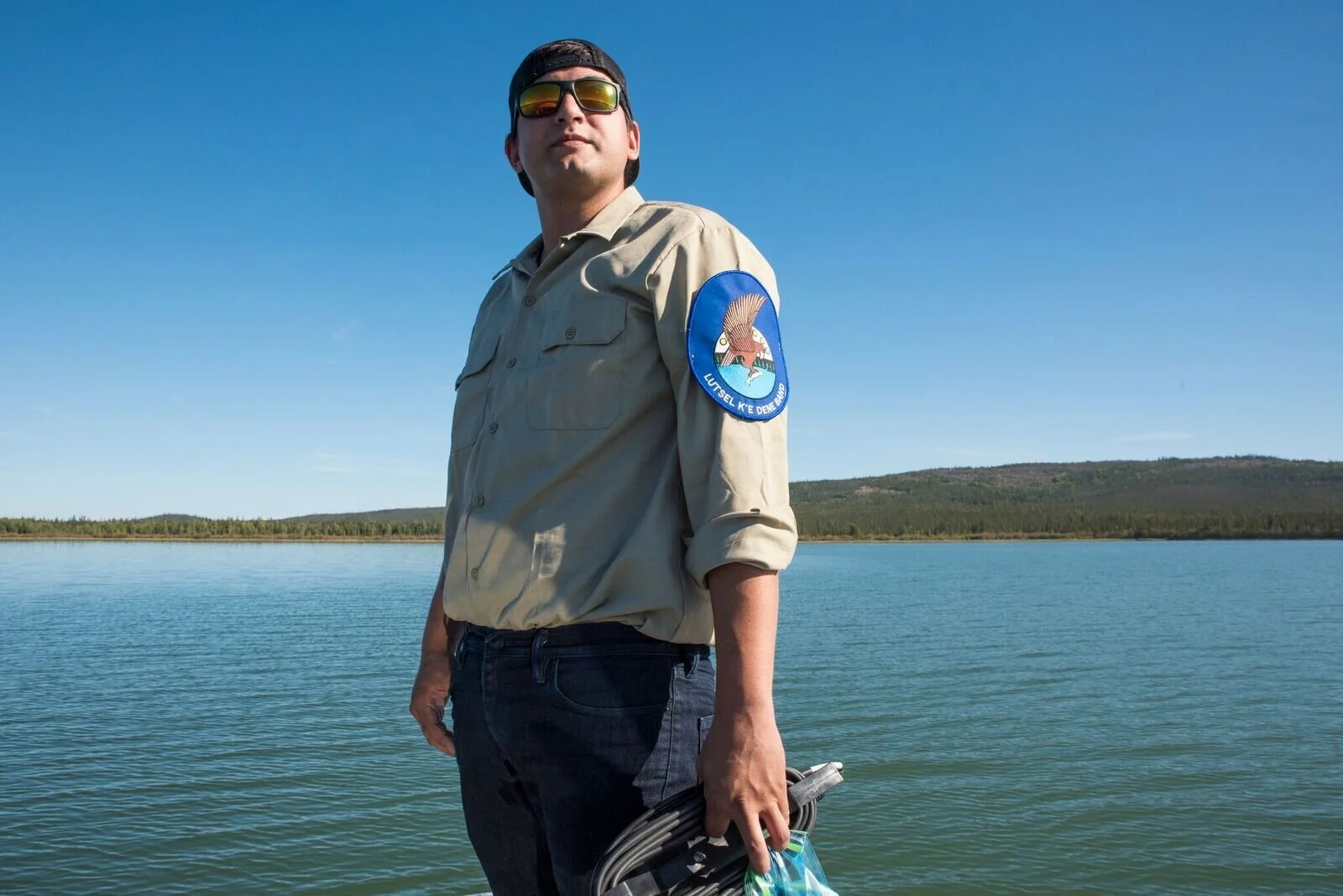The Cree and Innu have been friends since time immemorial. This agreement is us taking responsibility for our shared relationship with the caribou. When we take care of each other’s hunger, it is a show of respect. When we share in a good way, the Caribou Master will provide.
Read MoreElder Dave Courchene’s wisdom and insight into our relationships with each other, our planet, and our creator was simply unparalleled. He freely shared his profound knowledge and observations with anyone who sought greater understanding.
Read More“This is the largest federal investment in Indigenous-led stewardship to date, and we welcome the Government of Canada’s commitment to partnering with Indigenous Nations on conservation and stewardship,” said Valérie Courtois, the Director of the Indigenous Leadership Initiative.
Read MoreAccording to a new poll, most Canadians view conservation as an important part of economic recovery. And nearly three in four Canadians support federal investment in Indigenous stewardship—including Indigenous Guardians and Indigenous Protected and Conserved Areas—to help create jobs, build prosperity, and meet Canada’s conservation commitments.
Read MoreCanada pledged to nearly double its protected lands by 2020. A new poll shows almost all Canadians want to meet this target. They strongly support Indigenous-led conservation and international cooperation as a way to achieve the goal. And they view conserving more lands as an important tool for tackling climate change.
Read MoreThe International Boreal Conservation Campaign welcomes the Wyss Foundation’s $1 billion commitment to help protect the lands, animals and waters that support life on this planet. IBCC applauds the foundation’s focus on supporting on-the-ground conservation work, in particular the Dehcho First Nations’ management of the Edéhzhíe Dehcho Protected Area/National Wildlife Area.
Read MoreMany boreal bird species risk significant declines as a result of climate change, but a new report identifies areas of Canada’s Boreal Forest that hold the key to birds’ long-term survival. While conditions in some bird habitats are expected to shift, large landscapes within the boreal region will remain relatively stable. Protecting these boreal lands will offer birds the best chance to thrive.
Read MoreSome of the biggest conservation opportunities are found Canada’s boreal forest. The boreal is the largest intact forest left on the planet, and Canada has a unique responsibility to conserve it. Indigenous Peoples are advancing innovative conservation plans in the region and partnering together is the most effective path forward.
Read MoreProvinces and territories are focused on creating new parks and protected areas, and Indigenous Nations across the country are too. From the Sahtu in the Northwest Territories to the Misipawistik Cree Nation in Manitoba, First Nations are moving forward on conservation.
Read MoreA unique partnership, brought together by the Nature Conservancy of Canada, celebrates the creation of a 3,300-square-kilometre conserved area in northeast Alberta. Together with other conserved lands in the area, it is now part of the largest stretch of protected boreal forest on the planet.
Read MorePembina Institute reacts to new legislation protecting 1.3 million hectares of boreal forest adjacent to Wood Buffalo National Park
Read MoreDucks Unlimited Canada (DUC) welcomes major investments in wildlife habitat conservation announced today in the 2018 Federal Budget. New funding of $1.3 billion is one of the most significant investments in nature conservation in Canadian history.
Read MoreThe 2018 federal budget includes a historic $1.3 billion investment in nature conservation. This support will help Canada honour its international commitments to sustain biodiversity and meet its target of protecting at least 17 per cent of lands by 2020.
Read MoreThe Government of Canada has made a major investment in protecting our lands and waters for future generations. The 2018 federal budget includes a $1.3 billion allocation to meet Canada’s international commitment to protect 17 per cent of its lands and 10 percent of waters by 2020 and points to the importance of Indigenous partnerships in achieving its conservation goals.
Read MoreAs Canada develops its plan to meet the conservation target of protecting at least 17% of lands by 2020, the results of a recent survey show that the vast majority of Canadians supports this goal and wants the country to become a leader in creating parks and protected areas.
Read More














